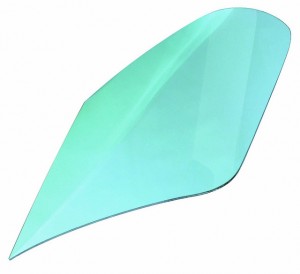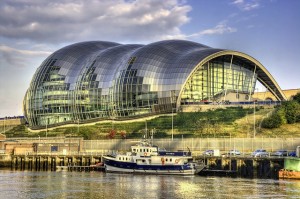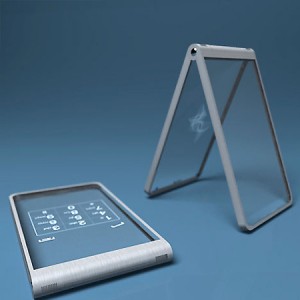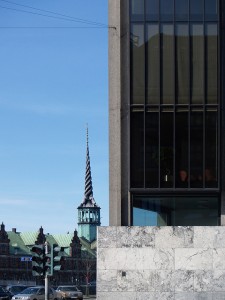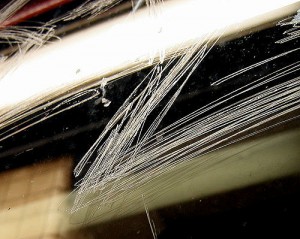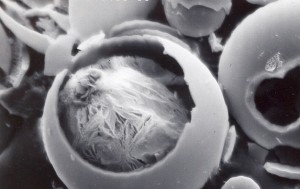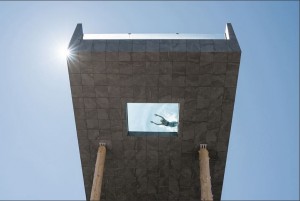Zhangjiajie Wants to Top Glass Bottomed Bridge
The Zhangjiajie Grand Canyon Bridge opened to much fanfare in August. Too much fanfare, in fact. Officials at the park had to close the glass bottomed bridge for about a month to rethink their strategy for moving tens of thousands of visitors across the 1,300-foot span, which is perched about 1,000 feet off the ground.
The number of daily visitors has been capped at 8,000 – about one-tenth of the number of guests that showed up daily when the bridge first opened. In addition, parking and park maintenance has gotten a little facelift.
Buoyed by the popularity of the attraction, the park will now construct a “disappearing” glass bridge that’s designed to blend in with the park’s natural surroundings. The new bridge – a product of the Paris architectural firm, Martin Duplantier Architectes, will cost a cool $4.2 million to build.
The new structure isn’t an all-glass affair. It will be situated between two sandstone cliffs, and will feature mirrored stainless steel walls. The floor will be a reflective black stone combined with glass for the ultimate overhead view of the canyon. Additional hospitality structures (a guest house and café) will be included as part of the package.
The company’s design was selected recently following an architectural competition held in 2015. The new glass bridge is part of a larger plan to improve the tourist experience at the park. The firm did not indicate when construction on the bridge will begin, or how long it will take to complete.
Glassprimer™ glass paint is a specialized glass coating that bonds permanently to glass surfaces. GlassPrimer also makes a glass surface molecular activator that is designed to work with UV-inkjet glass printing processes. For more information about Glassprimer™ glass paint, please visit the rest of our site. If you’d like to purchase Glassprimer™ glass paint, please visit our online store .
Photo Credit: Martin Duplantier Architectes



